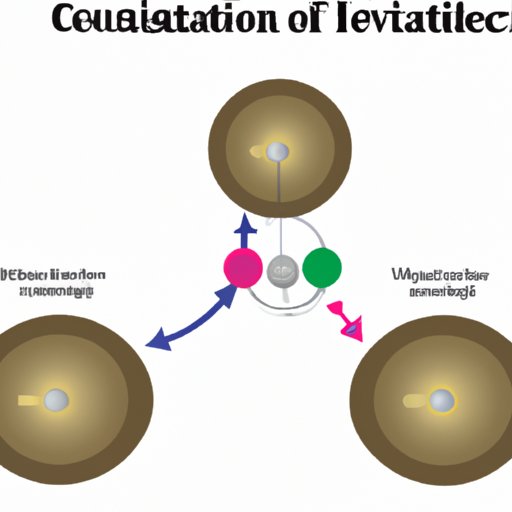Introduction
A controlled variable is an element of an experiment that remains constant and unaffected by any changes in other variables. It is an important tool used by scientists to test hypotheses and draw valid conclusions. In this article, we will explore what a controlled variable is in science, its purpose and role, and how it can be used to test hypotheses.
A Beginner’s Guide to Understanding Controlled Variables in Science
Controlled variables are essential components of scientific experiments as they help researchers determine the effect of one variable on another. They also provide a baseline for comparison when conducting experiments that involve multiple variables. By controlling the variables, scientists can isolate and study the effects of a single factor on the outcome of the experiment.
What is a Controlled Variable?
A controlled variable is an element of an experiment that remains constant and unaffected by any changes in other variables. It is also known as a “constant” or “fixed” variable. For example, in a scientific experiment examining the effects of light intensity on plant growth, the amount of water and fertilizer given to the plants would be considered a controlled variable. The amount of light, however, would be the independent variable, as it is the only factor that is being changed or manipulated.
The Necessity of Controlled Variables in Scientific Research
Controlled variables are necessary in scientific research because they allow researchers to isolate the effects of a single variable on the outcome of an experiment. Without controlling the variables, it would be difficult to determine which variable is having a direct impact on the results. By controlling all of the variables except the one being tested, researchers can observe the effects of the independent variable more clearly.
How Do Scientists Use Controlled Variables to Test Hypotheses?
In order to test a hypothesis, scientists must first create a controlled experiment. This involves identifying the independent and dependent variables, as well as any potential confounding variables that could influence the results. The independent variable is the one that is being manipulated, while the dependent variable is the one that is being measured. Once the variables have been identified, scientists must ensure that all of the variables are kept constant throughout the experiment, with the exception of the independent variable. By doing so, they can accurately measure the effects of the independent variable on the dependent variable.
Conclusion
A controlled variable is an element of an experiment that remains constant and unaffected by changes in other variables. It is an important tool used by scientists to test hypotheses and draw valid conclusions. By controlling the variables, scientists can isolate and study the effects of a single factor on the outcome of the experiment. Controlled variables are essential components of scientific experiments as they help researchers determine the effect of one variable on another, and provide a baseline for comparison when conducting experiments that involve multiple variables.
In summary, controlled variables play an important role in scientific research and experimentation. They allow researchers to isolate the effects of a single variable on the outcome of an experiment, and help them draw valid conclusions about their findings. It is important to remember that controlled variables are necessary in order to obtain accurate results.
(Note: Is this article not meeting your expectations? Do you have knowledge or insights to share? Unlock new opportunities and expand your reach by joining our authors team. Click Registration to join us and share your expertise with our readers.)
